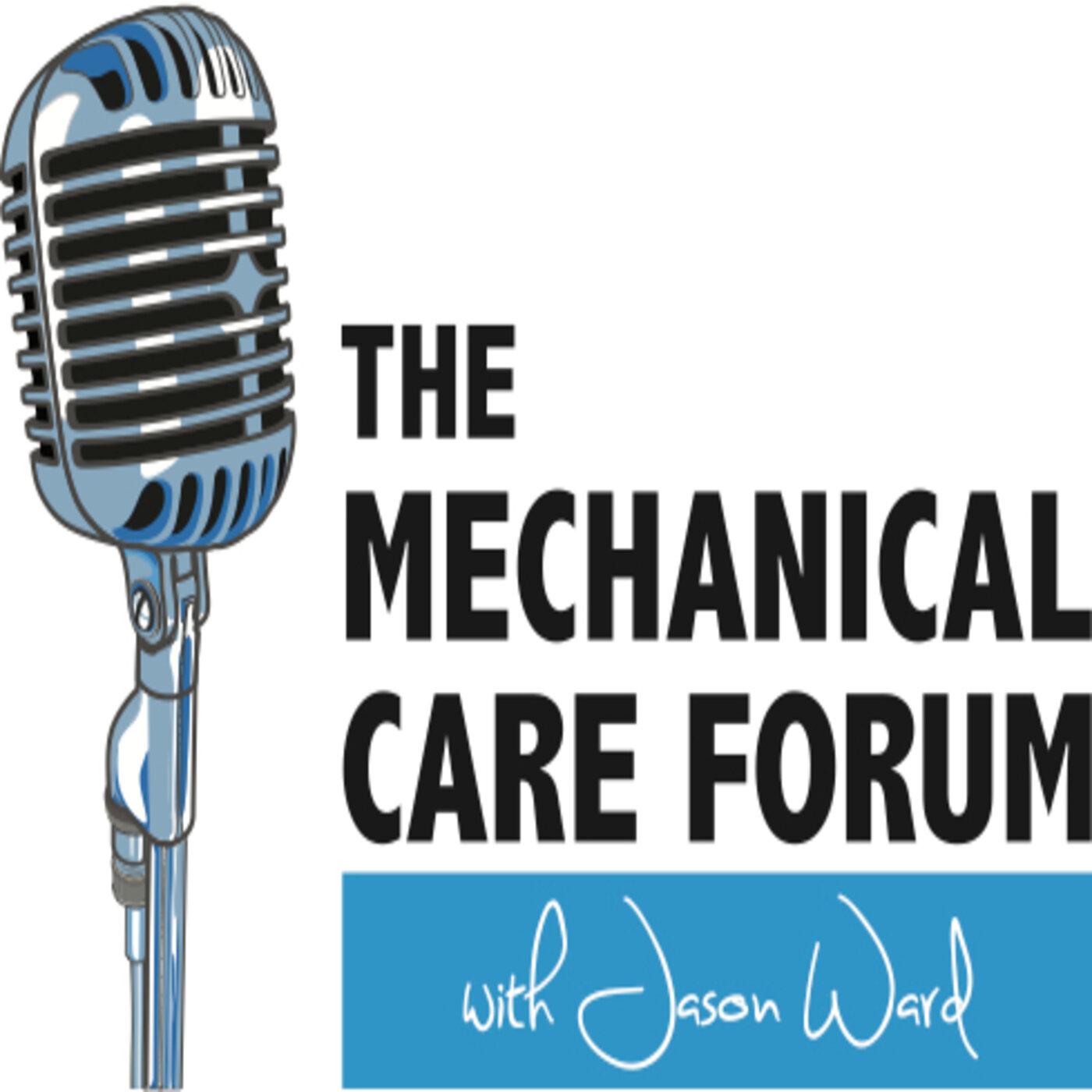Brian Mulligan
New Zealand | FNZSP(Hon), Dip. MT, CMP, MCTA
SHOW NOTES
Challenges and Obstacles
Convincing those responsible for the treatment of musculoskeletal problems to increase their treatment options and include the kind of assessment that is quick, able to show immediate effect and long-lasting.
Strengths
Our education is very adequate on anatomy and training on the body is strong. And the effectiveness of the use of our manual skills is a skill if we will only develop it and use it.
Patient Story
“Grubby”, nicknamed by Brian due to his appearance as an obvious manual laborer, presented with a painful knee that was stuck and swollen and painful. After a visit or two with another therapist in his office Brian decided to try to help. He placed firm pressure at the painful point at the joint line and asked Grubby to straightened his knee which he’d been unable to do for days and weeks. What happened next impressed Brian tremendously and has stayed with him all these years.
An Analogy for Patient Education
Having the patient elevate the scapula and then asking them to see if they can lift their arm helps they patient understand a “positional fault.”
Best Piece of Advice He’s Received
Treat people with confidence! If you do they will listen to you, they’ll follow your instructions and they’re easier to treat because the trust you.
Resources
A mobilization belt and a piece of foam that he keeps with him wherever he goes.
Influencial Studies
The effects of mobilization with movement on dorsiflexion range of motion, dynamic balance, and self-reported function in individuals with chronic ankle instability.
You can review that abstract here.
Personal characteristic that has led to his success
Good fortune and the fact that he’s had a wonderful wife. He acknowledges his good fortune. By chance, so many things have happened to his benefit.
Parting piece of advice
“Use your hands… and think through your hands.”
Brian finally encourages all of us through this plug:
“Because of the usefulness throughout the entire body, because when indicated they cause no pain and give an instant result (I’m talking about here, mobilizations with movement), and because it takes two or three minutes to decide if they are appropriate, because they can assist in determining a diagnosis, and because they are successful when applied to about 75% of conditions regularly referred for manual therapy, they should become routinely included in all manual therapy training programs within the next 25 years. “
~ Brian Mulligan
We hope to deliver this content to the committed professional who wants to improve his/her care and we hope to do it in a way that is easily accessible, the world over, in today's technological age.
To contribute:
Give a 5-star review on iTunes;
Share EP #29 with a friend; and/or
Connect with us on the Spotify MCF Podcast and MCF Instagram page!
Thanks for your support!

